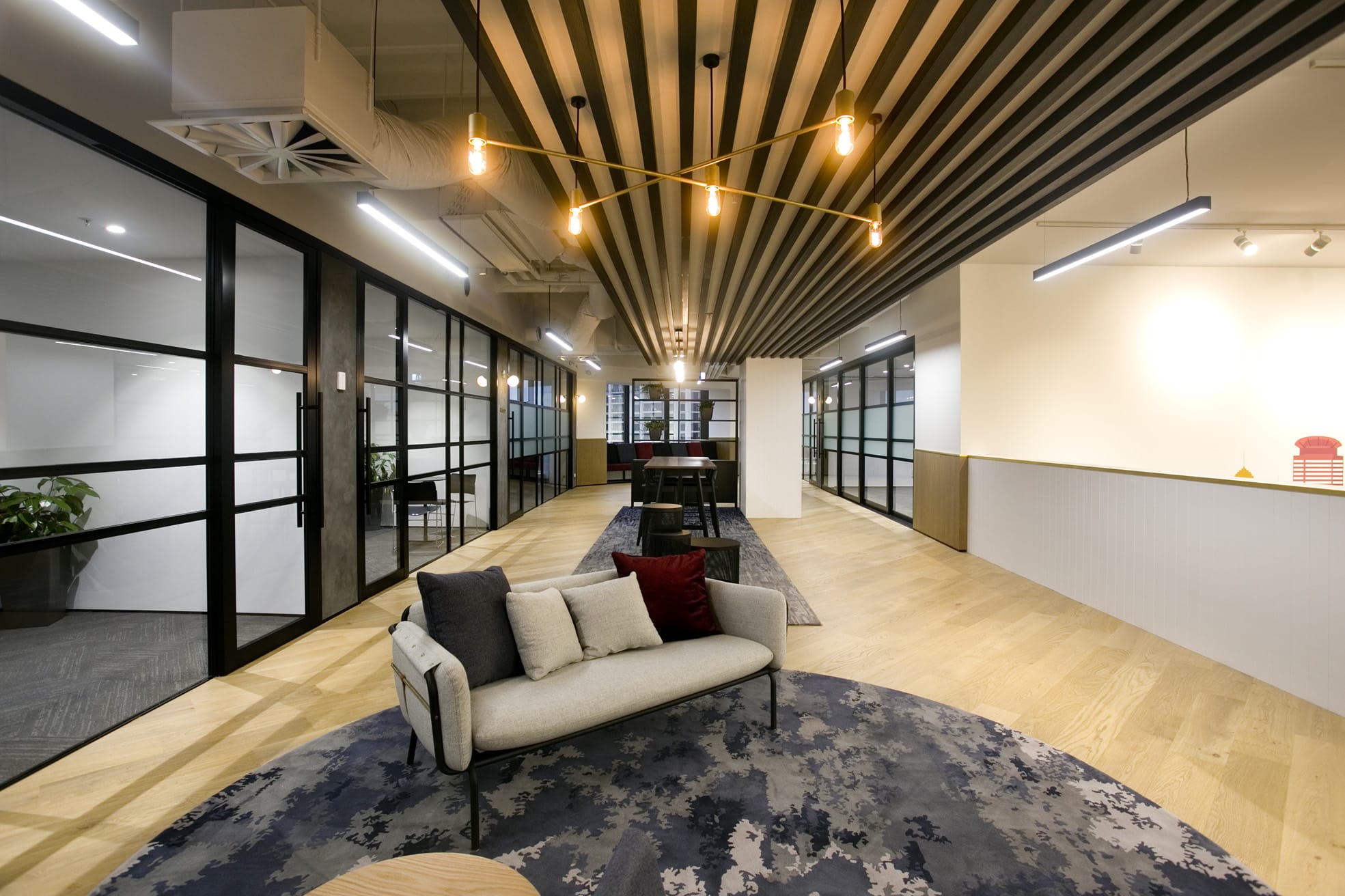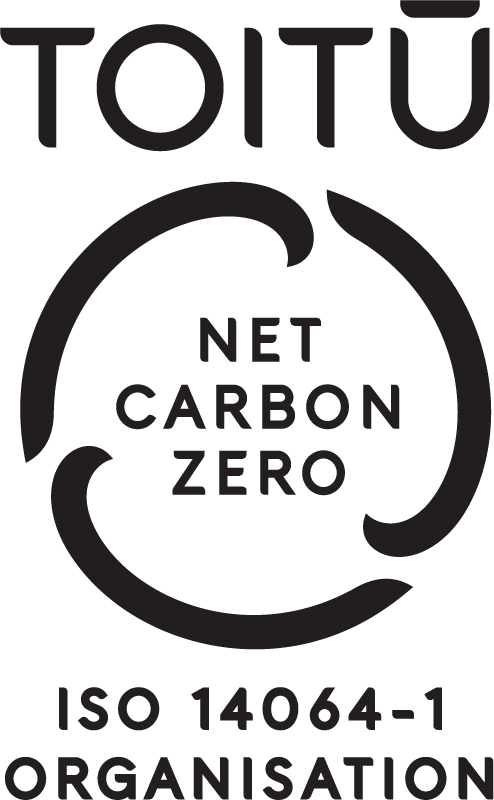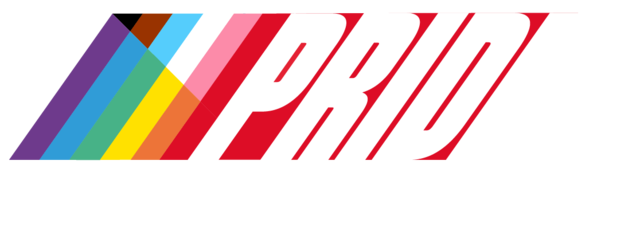

WORKPLACE Insights
Workplace Design Trends: Shaping the Future of Work
The workplace design landscape is evolving rapidly, driven by technology, sustainability, and human-centric principles. Over the past 24 years, Spaceworks has completed nearly 2,000 projects, refining our expertise in designing workspaces that align with business goals and enhance employee experience.
Why Workplace Design Trends Matter
Trends in workplace design are more than just aesthetic shifts; they impact **productivity, acquisition, and retention (PAR)**, employee well-being, sustainability, and innovation. Engaging with these trends ensures that workspaces remain relevant, functional, and future-proof.
“If you think good design is expensive, you should look at the cost of bad design.” – Ralf Speth, Former CEO, Jaguar Land Rover.
Key Workplace Design Trends
PAR – Productivity, Acquisition, Retention
- Magnetic and Energised Workspaces: Creating environments that attract and retain employees.
- Hybrid Work Models: Balancing remote work advantages with in-office collaboration.
- Office ‘Fusions’: Merging residential, hospitality, and retail elements for multifunctionality.
- Space Utilisation: Using data-driven insights to optimise office layouts.
The Feels: Employee Well-being & Productivity
- Mindfulness and Health: Designing for mental and physical well-being.
- Magnetic Workspaces: Creating environments employees want to be in.
The Looks: Aesthetic and Functional Impact
- Biophilic Design: Incorporating natural elements for wellness and creativity.
- Indoor-Outdoor Connectivity: Reflecting New Zealand’s architectural themes.
Technology Integration
- AI and Automation: Enhancing workplace efficiency.
- VR / AR: Innovating workplace design and training.
- Hybrid Work Adaptations: Supporting flexible schedules.
Cultural & Community Focus
- Generational Insights: Addressing diverse work preferences.
- Mentorship-Driven Design: Facilitating professional growth.
- Building Community: Fostering a sense of belonging.
Sustainability & ESG Priorities
- Environmental Impact: Improving design and construction sustainability.
- DE&I Integration: Creating inclusive workplaces.
- Sustainable Supply Chains: Prioritising responsible material sourcing.
Shaping the Future of Workplaces
Trends challenge the status quo and push businesses towards innovative and people-centric designs. Despite shifts in hybrid work, businesses must create workplaces that support well-being, productivity, and connectivity.
Stay Ahead of the Curve
Every fortnight, Spaceworks will explore **key design theories**, breaking them down into actionable solutions for real-world applications.
Contact Lizzi Whaley to learn how Spaceworks can optimise your workspace.





